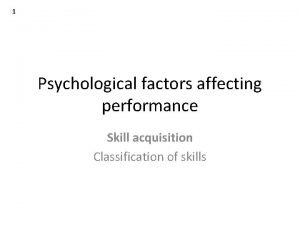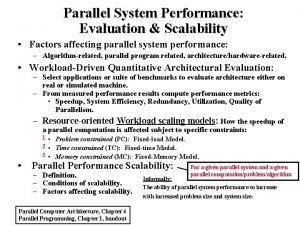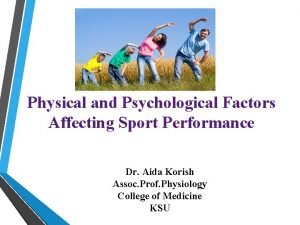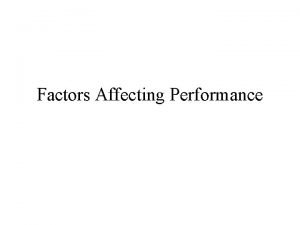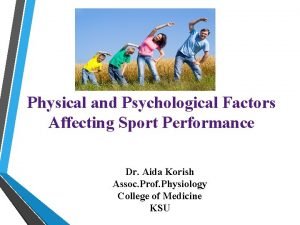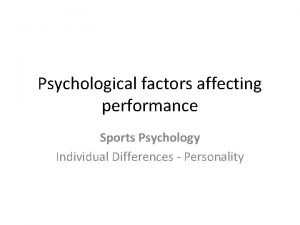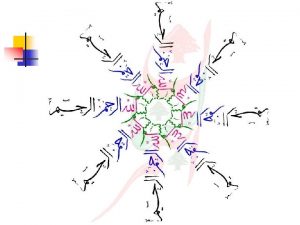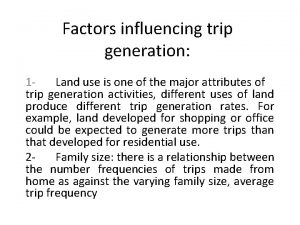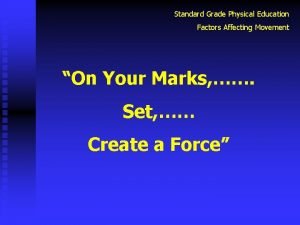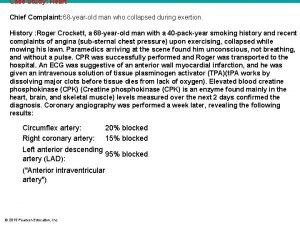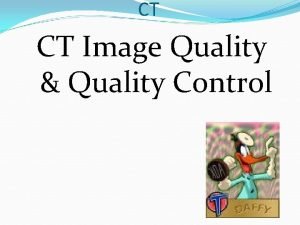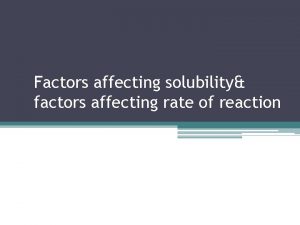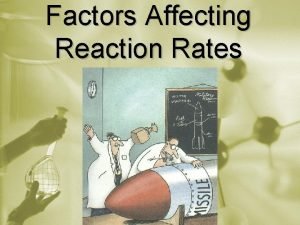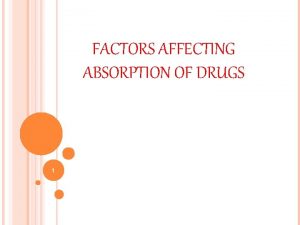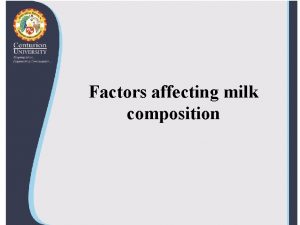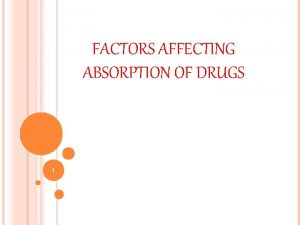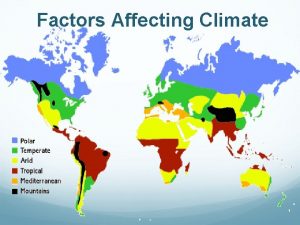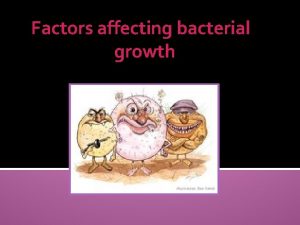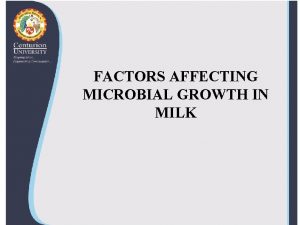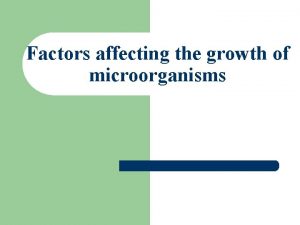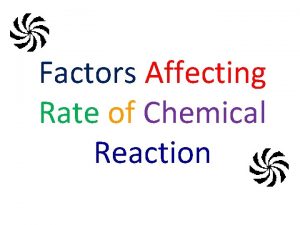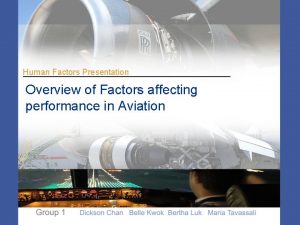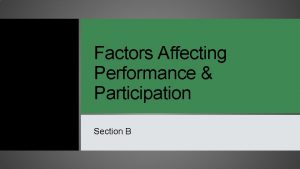Factors Affecting Performance Factors Affecting Performance Sites of



















- Slides: 19

Factors Affecting Performance

Factors Affecting Performance

Sites of Fatigue • Central fatigue • Peripheral fatigue – Neural factors – Mechanical factors – Energetics of contraction

Central Fatigue • Reduction in motor units activated • Reduction in motor unit firing frequency • Central nervous system arousal can alter the state of fatigue – By facilitating motor unit recruitment

Peripheral Fatigue: Neural Factors • Neuromuscular junction – Not a site for fatigue • Sarcolemma and transverse tubules – Ability of muscle membrane to conduct and action potential • Repeated stimulation of sarcolemma can reduce size and frequency of action potentials – An action potential block in the T-tubules • Reduction in Ca++ release from sarcoplasmic reticulum

Peripheral Fatigue: Mechanical Factors • Reduction in force per cross bridge • Reduction of force generated at a given Ca++ concentration – H+ interference with Ca++ binding to troponin • Inhibition of Ca++ release from SR • Lack of ATP to dissociate the cross-bridge from actin

Peripheral Fatigue: Energetics of Contraction • Mismatch between rate of ATP production and utilization – Fatigue results in slowing of ATP utilization to preserve homeostasis • Muscle fiber recruitment in increasing intensities of exercise – Type IIa Type IIb – Progression from most to least oxidative fiber type • Results in increased lactate production

Pattern of Muscle Fiber Recruitment

Ultra Short-Term Performance • < 10 seconds • Dependent of recruitment of Type II muscle fibers – Generate great forces that are needed • Motivation, skill, and arousal • Primary energy source – Anaerobic • Phosphocreatine

Ultra Short-Term Performance

Short-Term Performance • 10 -180 seconds • Shift from anaerobic to aerobic metabolism – 70% energy supplied anaerobically at 10 s – 60% supplied aerobically at 180 s • Primary energy source – Anaerobic glycolysis

Short-Term Performance

Moderate-Length Performance • 3 -20 minutes • Increasing reliance on aerobic energy production – 60% ATP generated aerobically at 3 min – 90% ATP supplied aerobically at 20 min • Requires energy expenditure near VO 2 max – Type II fibers recruited – High levels of lactate • Factors that interfere with O 2 delivery are limiting – Altitude, anemia

Moderate-Length Performance

Intermediate-Length Performance • • 21 -60 minutes Predominantly aerobic Usually conducted at less than 90% VO 2 max Environmental factors are important – Heat – Humidity – State of hydration

Intermediate-Length Performance

Long-Term Performance • 1 -4 hours • Environmental factors important – Ability to deal with heat and humidity • Muscle and liver glycogen – Maintain rate of carbohydrate utilization • Diet and fluid ingestion influence performance

Long-Term Performance

 Muscular involvement continuum
Muscular involvement continuum Factors affecting performance of parallel algorithm
Factors affecting performance of parallel algorithm Factors affecting performance in sports
Factors affecting performance in sports Factors affecting performance
Factors affecting performance Psychological factors affecting sports performance
Psychological factors affecting sports performance Hollanders concentric ring theory
Hollanders concentric ring theory High performance web site
High performance web site Factors effecting equilibrium
Factors effecting equilibrium Factors affecting wound healing ppt
Factors affecting wound healing ppt Afferent and efferent arterioles
Afferent and efferent arterioles Factors influencing trip production
Factors influencing trip production Factors affecting heat loss
Factors affecting heat loss Factors affecting movement in physical education
Factors affecting movement in physical education Insight learning
Insight learning Factors affecting population explosion
Factors affecting population explosion Factors affecting gene frequency slideshare
Factors affecting gene frequency slideshare Factors affecting learning
Factors affecting learning Cardiac output stroke volume
Cardiac output stroke volume Factors affecting chemical shift
Factors affecting chemical shift Factors affecting ct image quality
Factors affecting ct image quality
